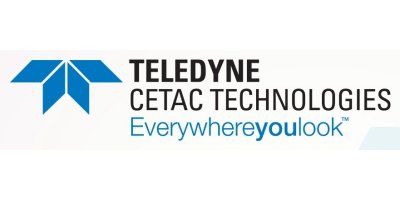

- Home
- Companies
- Teledyne CETAC Technologies
- Articles
- Use of Enhanced Nebulizer Systems for ...
Use of Enhanced Nebulizer Systems for Very Hard Water Analysis Using ICP-AES Detection
Abstract Abstract: Groundwaters Groundwaters from certain certain regions regions (ex. southern southern England, England, southern southern Germany) Germany) can be very hard, as evidenced evidenced by Ca, Fe, K, Mg, and Na concentrations concentrations above 200 mg/L. This work will examine examine the use of two different different enhanced enhanced nebulizer nebulizer systems systems for the detection detection of regulated regulated elements elements in a very hard water matrix with ICP-AES detection. Nebulizer systems include an ultrasonic nebulizer and a temperature p controlled (heated ( spray chamber) system. Elements of interest include regulated g elements elements such as As, Be, Cd, Cr, Cu, Pb, Sb, Se, Tl. Uranium Uranium will also be investigated investigated due to its relatively relatively higher detection detection limit range (typically (typically 1 to 10 g/L) by conventional pneumatic nebulization b li ti with ICP-AES. Figures of merit for the enhanced nebulizer b li systems will be compared to conventional pneumatic nebulization b li ti . These figures figures will include include nebulizer nebulizer system operating operating conditions, conditions, calibration calibration settings settings (background (background and interelement interelement corrections), corrections), instrument instrument detection detection limits (IDLs), (IDLs), limits of quantitation quantitation (LOQs), and analyte analyte recoveries recoveries.
